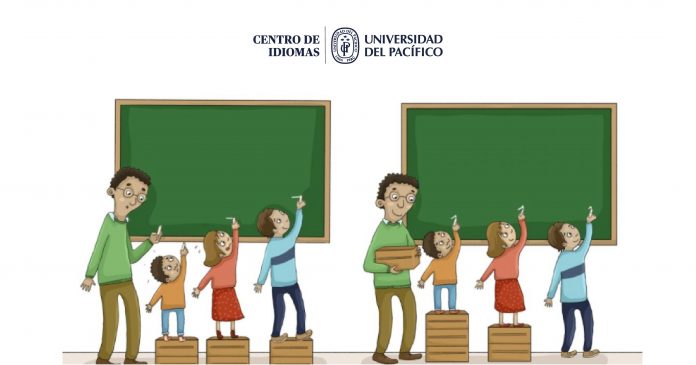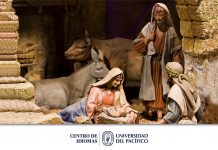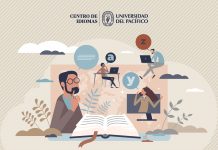In a one to one teaching situation the teacher can notice what their student knows, what is lacking, what is needed. But in a classroom with a group of students, especially when a class is numerous, it is more difficult for the instructor to be completely aware of these factors in order to adjust their teaching.
In a group of students, we will find that not all of them know the same, and in a large class the differences are bound to be greater. Last week we mentioned some of the teachers’ difficulties to manage a class of students with different levels of knowledge. Fundamentally if they adapt their teaching to the students who know less, the more advanced pupils will lose interest and feel that they are not learning. If, on the contrary, the teacher gauges their delivery paying attending to the more advanced, the laggards will be lost and not learn. That is why language teaching institutions have a lot of different class levels, to minimize the factor that represents for a teacher to cater to all the students.
In a nutshell, the more standardized the group is, the better the chances are for the teacher to be followed by all their students. When this does not happen, we say that we have a mixed-ability class. A heterogeneous class means that you have students in the same class who have various levels of language proficiency The main problem is that the new knowledge should rest on the previous know- how and if this varies greatly, it makes the teacher’s work difficult, and the results cannot be expected to be the same.
Of course, there are strategies to deal with this situation that we will be covering in the next weeks, but let’s say that the more homogenous the class is, the more possibilities it has to be successful.
With the pandemic, this state of affairs has become more complex. Classes went virtual. In some schools the virtual lessons did not include a foreign language. Then we had the problem of connectivity and the lack of experience for teachers and students and for many the scarcity of electronic devices. There were also those teachers and students who had all the elements to continue their lessons through distance teaching and learning. All these circumstances have provoked to widen the difference of knowledge among students.

For that reason, more now than ever, it is important for teachers to hold an entrance test in order to know the proficiency level of all their students and act accordingly. Then they should follow up with formative evaluation, which is like a thermometer to measure the effectiveness of the instruction and determine whether the teaching objectives are being met.
In accordance with Algozzine and Ysseldyke, formative evaluation should include planning, managing, delivering and evaluating instruction. This is always useful but especially in our present situation and remember the motto “No Child Should be Left Behind” that should be applied to adult learners as well.










